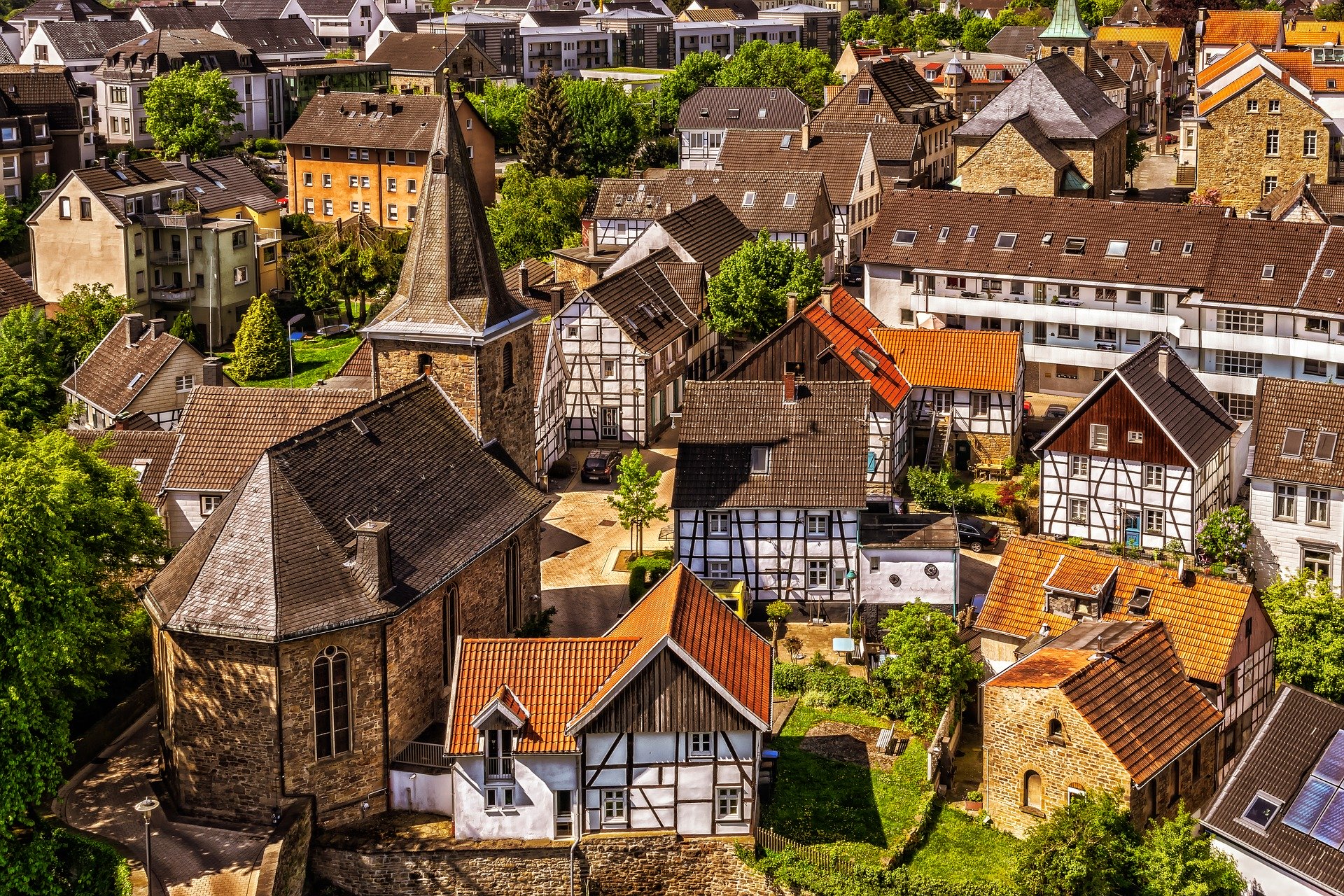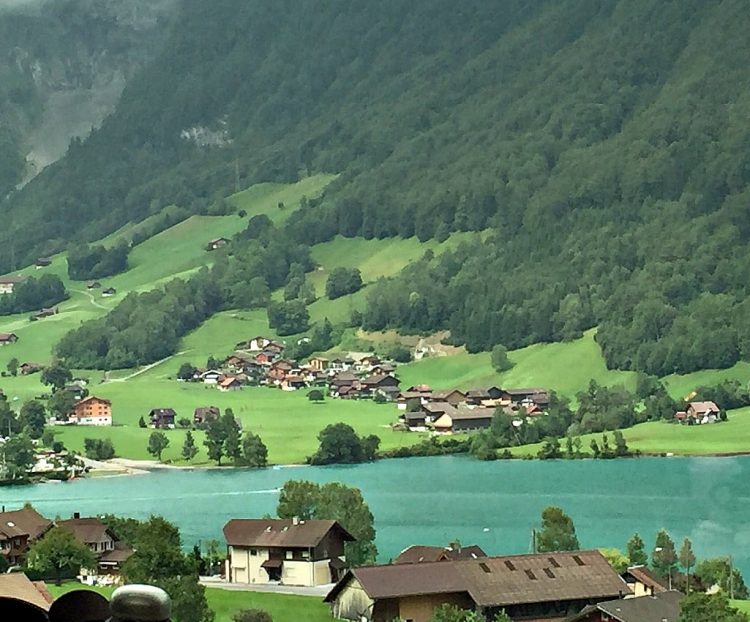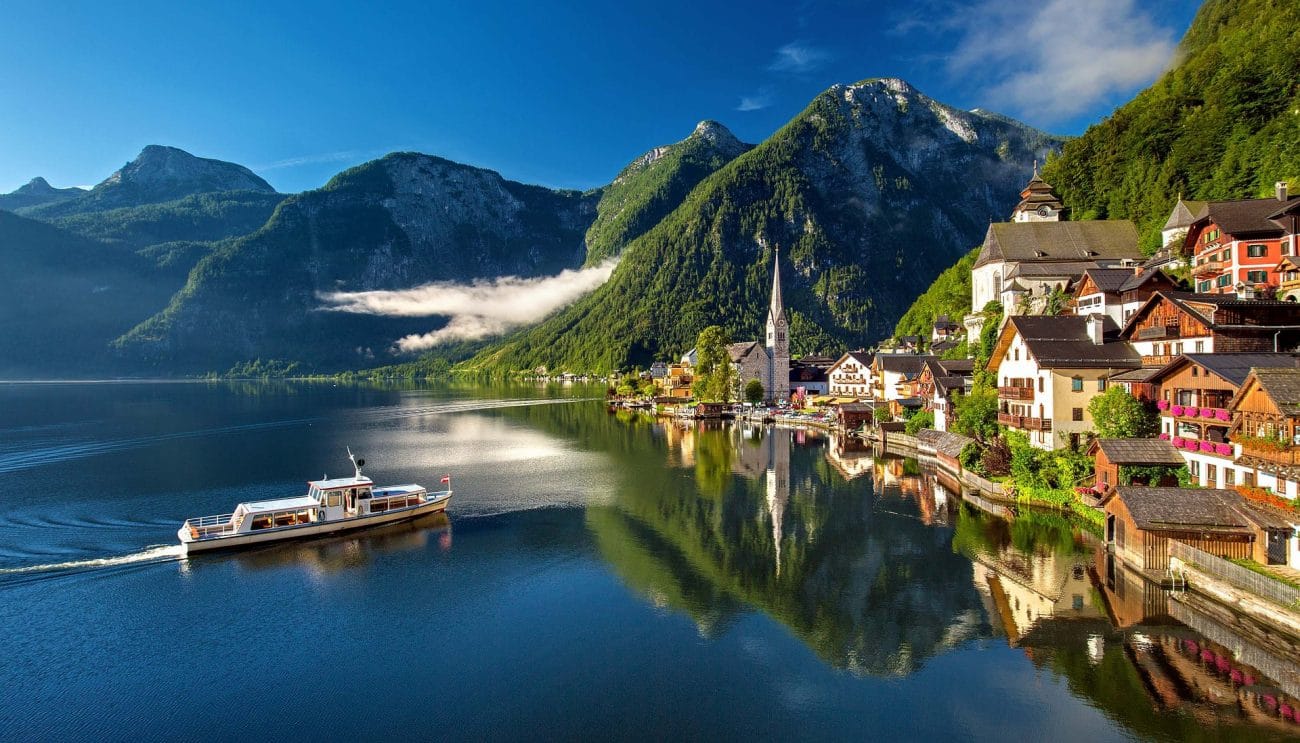Germany’s foreign minister Heiko Maas summed it up in April when he said that this year’s summer would be very different compared to previous years due to Covid-19. “This summer will not be a normal holiday season with full beach bars and mountain huts. That would be irresponsible.”
The tourism industry throughout the world has been devastated by the Coronavirus. Borders between European countries are expected to open June 15. There is currently no word as to when borders with non-European Union (EU) countries will open.

COVID-19 Europe Tourism Update
Europeans have been encouraged to limit travel to within their country’s borders. Michael Gigl, Austria’s regional manager of tourism for the US, predicted that travelers would stay within their own countries and limit travel to places driving distance away. Austria’s mountains and lakes will be popular, he said, however, Austrians may travel to close neighbors Germany, Switzerland and the Czech Republic. “We do not expect to see a lot of leisure travel from the US until 2021,” he added.
Thomas Bareiss, Germany’s Government Commissioner for Tourism, echoed the same for Germans. He said it was unlikely that German tourists would travel to Spain and Greece, two favorite summer destinations, but travel within Germany instead. The Baltic Sea coast and the foothills of the Alps are popular destinations. Rural areas and hotels close to nature with recreational offerings are also expected to be in demand.
The Swiss government is also encouraging its citizens to stay in Switzerland. The country is promoting visits to Zurich and Geneva for example, which have been especially hard hit as business travel, conferences and conventions have been canceled.

Travel Revenue Losses
The toll on the loss of travel revenue within the EU is staggering. Ten (10) percent of the economic output (GDP) is generated by tourism within the EU. Fritz Joussen, chief executive of Touristik Union International (TUI), the world’s largest tourism group, stated that the travel industry is expected to drop bookings of package tours by 70 percent. Gigl pointed out, however, that the bulk of travel within Europe is individual, also about 70 percent, however “organized travel is still important,” he said.
Most American tour operators are postponing trips until 2021, Gigl added. Switzerland is especially popular with Chinese tourists, most of whom come on group tours. During 2018, the Chinese accounted for 5% of all arrivals in the country. That chunk of business is now on hold. In addition to the losses to hotels and restaurants, other Swiss industries will suffer. The Chinese are big spenders, especially for expensive Swiss watches and luxury items.
Of course, it’s much more than the loss of Chinese travelers that has impacted Swiss tourism. “Demand has absolutely collapsed,” Erik Jakob from the country’s State Secretariat for Economic Affairs said at a press conference in April. “From business travel to holiday makers, the mountain regions to the cities, the whole spectrum of tourism has been hit. We believe that tourism will be hesitant in 2020 and there will be a gradual recovery in 2021. Complete normalization of demand and sales will not happen until 2022.”

Recovery Predictions
The USA is Germany’s most important source market for tourists coming from overseas, and number three in all source markets. Petra Hedorfer, CEO of the German National Tourist Board, is confident the situation will improve, and Americans will return to Germany. She predicts a recovery in 2021 and 2022 “after the relaxation of travel restrictions.” Gigl says American travelers who had booked trips to Austria in 2020 are canceling but planning to take the same trip a year later.
Job losses within the tourist sector are crushing. In Switzerland, some 260,000 people are employed in the tourism industry with sales equivalent to about 7 percent of GDP. Too many are without work now. In May, German tourism industry leader Michael Frenzel told the Welt am Sonntag newspaper that “around a million” of some three million working in tourism in Germany are at risk of losing their jobs.
Despite the gloom, travel officials remain positive and talk of “laying the foundations for renewed growth.” Jennifer Tombaugh, president of the special event organizer Tauck, thinks “Germany will be one of the first destinations in Europe that will reopen to travelers. Perhaps it is because there is significant interest in travel in autumn and during the Christmas markets. Also, we are seeing brisk demand for the postponed Passion Play Oberammergau now rescheduled for 2022.”
Petra Hedorfer shares her optimism. “I am convinced that the Reiseland Deutschland brand will continue to shine amongst international leisure and business travelers, even in difficult times.”

Wanderlust Keeps Virtual Travel Alive for Now
Wanderlust will no doubt survive, and people will travel. Masks and social distancing will prevail. It all may seem strange now, but Gigl remembers the change in airline travel — taking off your shoes at airport security checks. “It didn’t make sense then. Now it’s normal.”
Since the number of tourists visiting their countries will be limited in the immediate future, Germany, Switzerland and Austria have initiated clever virtual visits in the meantime.
The German National Tourist Board (GNTB) has launched a microsite for its empathy campaign #DiscoverGermanyFromHome. Get to know Deutschland by taking a stroll through a village or enjoying a hike with a gorgeous landscape. Visit a castle, beach or park. You can learn more about German cuisine, soccer and beer with multiple-choice quizzes. Listen to music – all kinds. www.germany.travel.com
Dream Now -Travel Later is the slogan for Switzerland’s virtual experience. Videos put you in the Alps, above gorges and raging streams, riding in a cable car. It is spectacular and exciting. www.Myswitzerland.com
Austria, too, offers a wealth of online experiences with videos, webcams and photos. Explore the country at home with a tour of Schonbrunn Palace, Vienna’s museums and more. Check out Austria’s Prettiest Places (according to Austrians) and discover 8 Austrian Hideaways. There’s even an Austrian coloring book and favorite Austrian recipes. www.austria.info
All of the above suggestions are both delightful and entertaining and you’ll learn more about the destinations to better plan your trip in safer times ahead.

